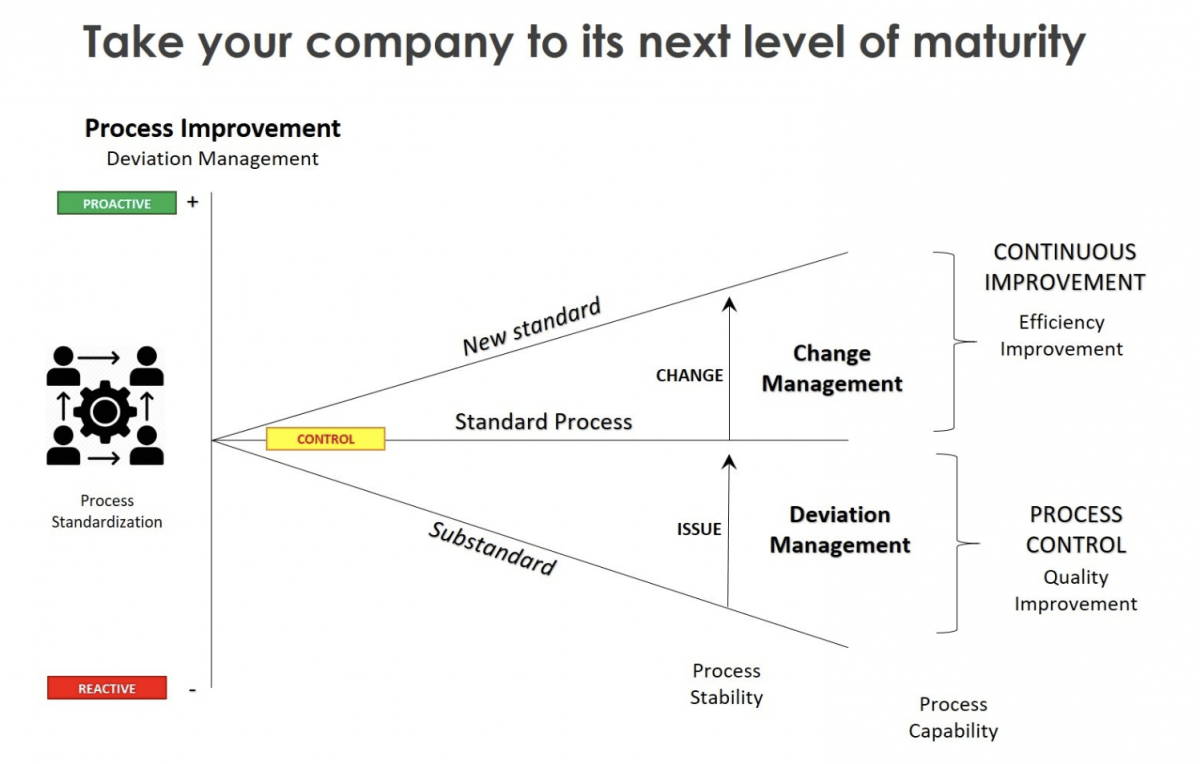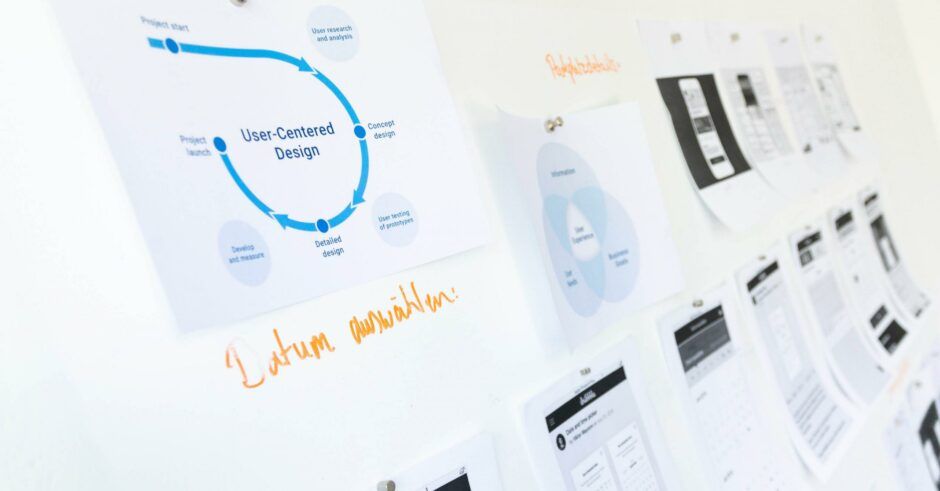In my four years as a company co-founder and Managing Director, experience has taught me and my team that there is often a variance between the level of change an organization is looking to deploy and that which its culture and infrastructure is capable of supporting. One expression consistently resonates in our ongoing quest for continuous improvement; maturity assessment.
As a cloud-based SaaS provider offering business process optimization, change management and performance governance solutions, assessing our client’s level of maturity comes in two forms, digital and organizational. Digital transformation maturity indicates IT’s capability and effectiveness in leveraging its infrastructure to capture big data elements while making them visible and readily available to operational leaders who seek on-the-spot solutions to everyday business challenges. Organizational maturity is the extent to which an organization has explicitly and consistently deployed practices or processes that are documented, managed, measured, controlled, and continually improved.
In highly mature companies, the relationship between the two is synergetic creating harmony between IT and business operations and offers exponential benefits in areas of efficiency. When supported by the right leadership team, such synergies offer golden opportunities for innovation. With IT being our usual point-of-contact in a BPM product installation, understanding the S.W.O.T. analysis of a company’s digital footprint is essential.

Baby Steps
The assumption that progress happens in leaps and bounds is an organizational curse. Real progress starts by taking one step at a time. A mature continuous improvement, process optimization inducing environment gives process experts a mandate to make incremental improvements. In particular, such a mandate offers the ability to assess your current state, applying a standard and user-friendly toolkit allowing any staff member the opportunity to challenge the status quo by proposing alternatives that will improve the business value chain. It requires a certain level of trust from the organization in that it promotes an idea-sharing culture, as challenging as some ideas can be, channelling each idea to the appropriate decision-makers in an efficient and non-confrontational manner.
A common best practice in organic innovation entails grouping incoming ideas into three main categories; optimization, change, and challenge ideas. Optimization ideas can be quickly implemented and require minimal signoff while change ideas generally involve middle management and challenge ideas require your C-suite’s buy-in. In the last few years, organizations have been consistently experimenting in the creation of innovation teams that have responsibility to monitor, group and channel ideas to their proper recipients assisting in their impact analysis while ensuring minimal confusion throughout the process.
It should be infinitely evident that the goal of any idea-collection initiative is to improve the business value chain through ongoing waste reduction subsequently improving the level of service to the client. By promoting Lean methodologies where visibility and transparency are made top priority, harmonious benefits will be achieved not only by the customers and shareholders but also by the staff members who become active ambassadors of continuous improvement as they celebrate contributions in real-time as they take place.
With a company culture ready to embrace such an approach, a Business Process Management (BPM) solution will assist in its delivery and sustainability. Business process optimization software should offer not only the toolkit needed to identify and analyze opportunities but also the structured discipline necessary to ensure a sense of accountability among the process owners and a sense of urgency when delivering on opportunities to reduce waste. Mature organizations are famous for having such a structure in place that induces innovation and idea-sharing coupled with a software solution that supports it.
Finally, performance governance is where your solution will bring its true value to your C-Suite. With technology where it is today, there is no reason why an executive leader should not be able to have easy access to a holistic view of the entire portfolio of business opportunities identified by his process experts together with their associated costs and benefits. Having this available, together with drill-down functionality to arrive at the most granular level of detail, will allow the Senior Management team the level of visibility they need to assist middle management in situations of uncertainty accelerating the decision making process.
Questions to ask
Having a good indication of digital and organizational maturity prior to implementation commencement is key to success for any product deployment initiative. From our experiences in the field, the following is a starter list of key questions to open the discussion between the BPM solution provider and the prospective buyer prior to product installation.
- Are all processes catalogued and documented in a standardized manner and easily available to anyone across the organization?
- Are functional roles and responsibilities clearly defined per team/department?
- Are expectations set at the role level of the process owner so that a clear sense of accountability is present?
- Is a clear escalation support model offered to process owners in situations of uncertainty or contingency?
- Is the corporate value chain clearly visible and available to those responsible in understanding the end-to-end business service model?
- Is there a complete inventory of IT applications and an indication of which business processes they support?
- What API opportunities are available to make the target state more automated?
Final Thoughts
Product deployment requires immense change and strong levels of group buy-in to be successful. There will always be naysayers, some visible and some less visible. It is our nature as humans to be protective, especially in environments where employee engagement is not always at an optimal level and change proposals are often associated with long hours in the office, mental fatigue, conflicts of interest regarding expectations and a high level of uncertainty regarding the future.
In your BPM journey take bold baby steps using the information about the digital and organizational maturity level of your company coupled with your instinct. BPM is about continuous improvement which implies continuous change. BPM is about understanding maturity levels and incrementally building upon it.
Originally published in Solutions Review on 2 April 2019. Originally published in Solutions Review, Boston-based publication of dedicated to enterprise technology enthusiasts and buyers engaged in business management efficiency




